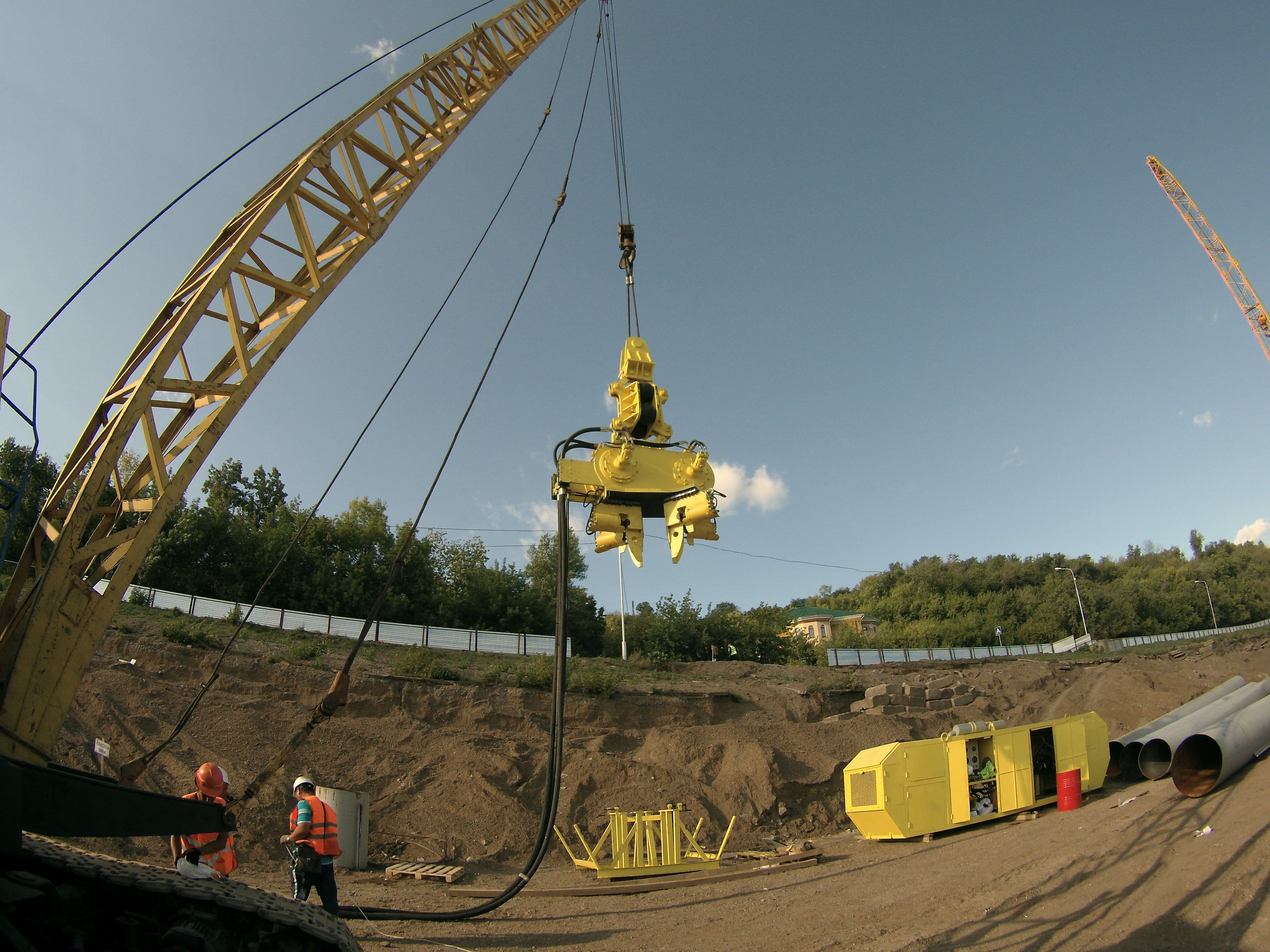Working in coastal environments requires more than just powerful equipment—it demands the right pile-driving solution that can handle saltwater corrosion, environmental sensitivities, and varying project scales. Whether you're building a seawall, pier, or marine foundation, selecting the right pile driver is critical to safety, longevity, and efficiency.
At Pile Driving USA, we specialize in equipment designed to perform under pressure—especially where land meets sea. Here’s what to consider when choosing a pile driver for coastal and marine construction projects.
Why Coastal Projects Are Different
Unlike inland work, coastal construction involves constant exposure to saltwater, tides, high humidity, and strict environmental regulations. These conditions introduce serious challenges, including:
- Corrosion of steel equipment
- Tougher soil profiles near shorelines
- Hydroacoustic impact on marine life
- Difficult access and equipment mobilization
Choosing the right pile driver means matching power and precision with protection and compliance.
Saltwater Corrosion: A Silent Jobsite Killer
Saltwater accelerates corrosion in unprotected metal components, reducing structural integrity and equipment life. Without saltwater-resistant materials and coatings, even a high-end pile driver can degrade quickly.
Look for:
- Galvanized or stainless components
- Specialty marine coatings (epoxy, vinyl, or petrolatum-based)
- Cathodic protection systems (e.g., sacrificial anodes)
- Routine cleaning and anti-salt maintenance plans
Comparing Pile Driver Types for Coastal Use
Not all pile drivers are suited for marine conditions. Here's a breakdown of the most commonly used options:
| Pile Driver Type | Best Use | Pros | cons |
|---|---|---|---|
| Impact Hammers | Deep foundations, rocky soil | High energy, proven power | Loud, causes vibration and water disturbance |
| Vibratory Hammers | Soft sediments, quick setup | Lower noise/vibration, faster install | Less effective in dense soil |
| Hydraulic Press-in | Sensitive or urban coastal zones | Silent, no vibration, compact footprint | Slower install, limited penetration force |
Match Equipment Size to Project Scale
The right driver size depends on:
- Pile diameter (12" to 36"+)
- Soil resistance and strata
- Load requirements (bridge, pier, dock, etc.)
Coastal projects often require larger rigs mounted on floating platforms or cranes. Hydraulic units are ideal for compact spaces or low-clearance zones like marina walls and urban bulkheads.
Environmental Impact & Compliance
Marine construction often requires compliance with:
- Noise thresholds (especially for marine mammals)
- Timing restrictions (to avoid spawning or migration periods)
- Mitigation protocols (bubble curtains, soft-start sequences)
- Environmental permits (local and federal)
Choosing low-impact pile drivers helps reduce permitting delays, fines, and ecological damage.
Long-Term Value: Rental vs. Ownership
Saltwater-resistant pile-driving equipment may cost more upfront but pays off over time by:
- Reducing maintenance downtime
- Extending service life
- Lowering environmental compliance risks
- Enhancing project approval and client trust
Renting from Pile Driving USA gives you access to properly maintained, ready-to-deploy marine pile drivers—no capital investment or corrosion worries.
Real-World Example
Coastal Pier Project – Gulf Region
- Challenge: Saltwater exposure + shallow soft soils
- Solution: Vibratory hammer with epoxy-coated clamps on a floating barge
- Result: Reduced noise, fast install, no equipment degradation over 3-month project duration
Why Choose Pile Driving USA?
We offer:
- Saltwater-resistant impact, vibratory, and hydraulic pile drivers
- Equipment optimized for piers, docks, seawalls, and offshore foundations
- Mobile support and consulting for coastal deployment
- Flexible rentals or sales with marine-grade modifications
Ready to build on the water? Get a Quote or Consultation
Frequently Asked Questions
Vibratory hammers are ideal for soft or sandy coastal soils. They install piles with less noise and vibration, making them more environmentally friendly.
Use galvanized or stainless materials, apply marine-grade coatings, and follow strict post-use cleaning and anti-corrosion maintenance routines. Cathodic protection can also help.
Yes. Vibratory hammers create less underwater noise and shock waves, making them a better choice for projects near protected marine ecosystems or fisheries.
Pile size, soil type, and project load determine equipment size. For 24" piles in coastal areas, mid- to heavy-duty vibratory or impact hammers are typically used. Our team can help size the right equipment for your job.



